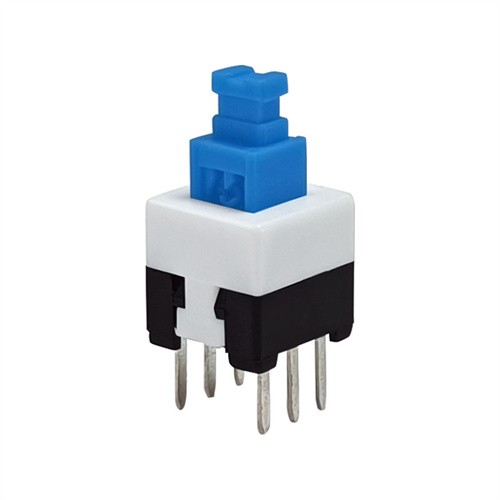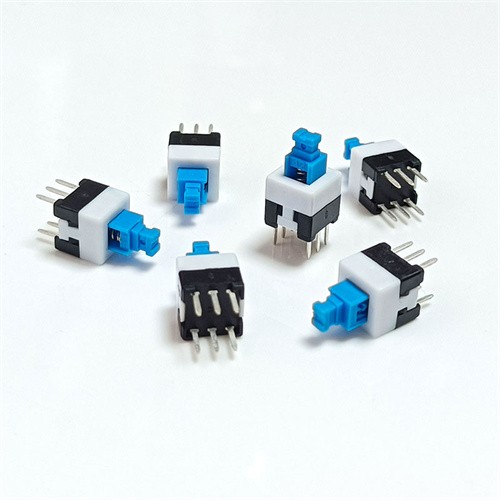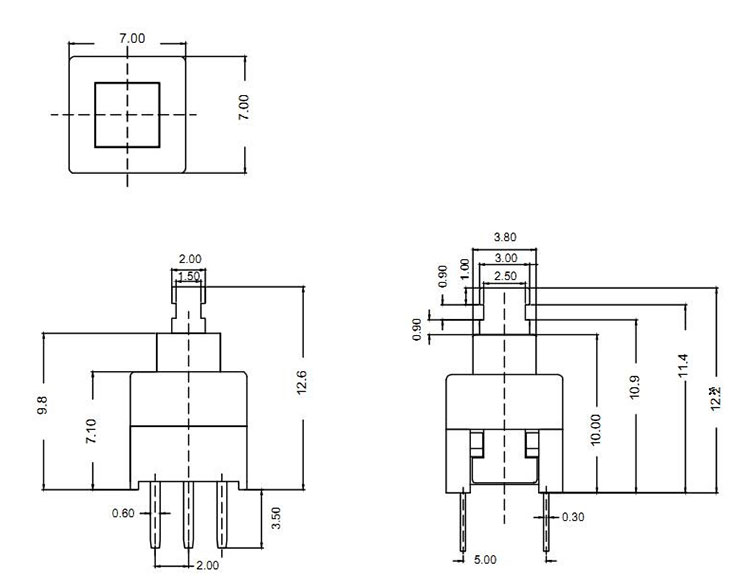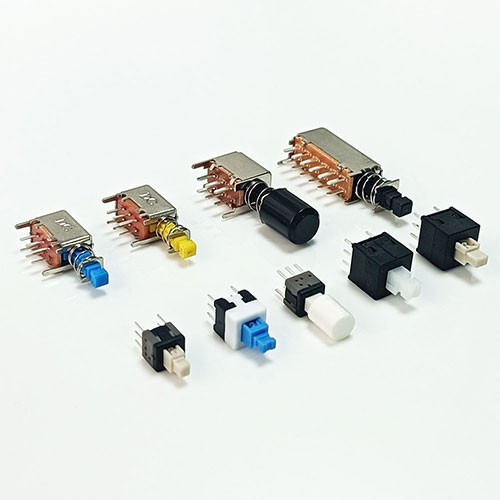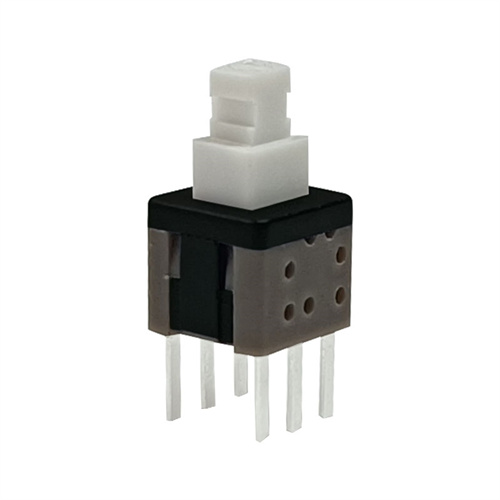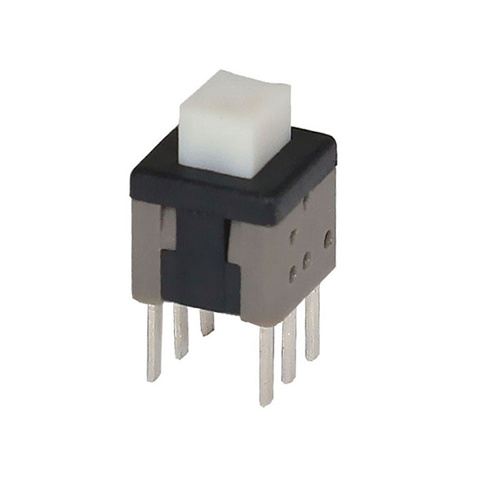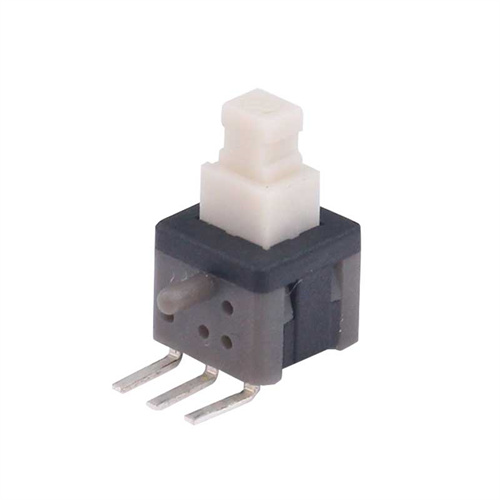6 Pin Locking Push Button
The 6-pin self-locking tactile push button switch offers several advantages over other types of electronic switches
Advantages of 6-Pin Self-locking Tactile Push Button Switch
The 6-pin self-locking tactile push button switch offers several advantages over other types of electronic switches. These advantages include:
1. Tactile Feedback: The switch mechanism provides tactile feedback which ensures that the operator can easily and quickly determine whether the switch has been activated or deactivated. This feature makes it ideal for applications that require precise and accurate control.
2. Self-Locking: The self-locking mechanism ensures that the switch remains in the on or off position until manually reset. This feature prevents accidental switching, which can result in injury, data loss, or damage to equipment.
3. Durability: The switch is built to withstand harsh environments and heavy usage, which makes it ideal for industrial applications.
4. Easy Installation: The switch is designed to be easy to install and requires minimal wiring. This makes it ideal for applications where space is limited or where installation and maintenance costs need to be minimized.
5. Versatility: The switch can be used in a variety of applications, including automotive, medical, industrial, and consumer electronics.
Construction of 6-Pin Self-locking Tactile Push Button Switch
The 6-pin self-locking tactile push button switch is composed of several components, including:
1. Actuator: This is the part of the switch that is pressed to initiate the switching operation. It is usually constructed of plastic and is available in different colors, shapes, and sizes.
2. Contact Mechanism: This part of the switch establishes the electrical connection between the power source and the load. It is typically composed of a set of metal or carbon contacts that are spring-loaded to maintain contact when the switch is pressed.
3. Housing: The housing encloses the switch mechanism and provides protection against environmental factors, such as moisture, dust, and temperature variations. The housing is usually constructed of plastic or metal.
4. Pins: The pins are used to establish electrical connections between the switch and the rest of the circuitry. The configuration and placement of the pins may vary depending on the specific application.
5. Terminal: The terminal is the part of the switch that allows the electrical connection between the switch and the rest of the circuitry. The terminal is typically composed of metal and is designed to facilitate the insertion and removal of wires.
Working of 6-Pin Self-locking Tactile Push Button Switch
The 6-pin self-locking tactile push button switch operates according to a simple principle: When the actuator is pressed, it forces two contacts together, momentarily closing the circuit. When the actuator is released, the contacts return to their original position, opening the circuit.
The self-locking mechanism of the switch ensures that it will remain in the closed or open position until manually reset. This is achieved through the use of a mechanical latch that holds the contacts in place. When the switch is pressed, the mechanical latch is released, allowing the contacts to close. When the switch is released, the mechanical latch engages, holding the contacts in the closed position until the switch is manually reset.
INQUIRY
CATEGORIES
LATEST NEWS
CONTACT US
Contact: Bella
Phone: 15999819066
E-mail: rucoe@rucoe.com
Whatsapp:+86-15999819066
Add: Taoyuan Street, Nanshan, Shenzhen
